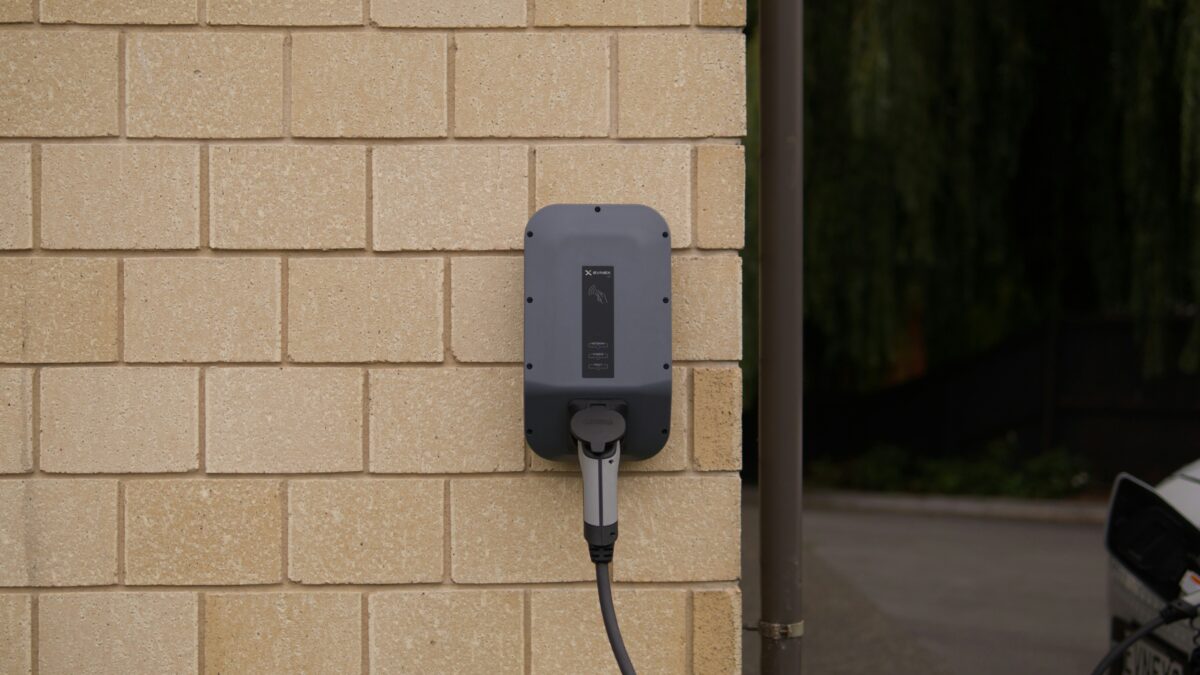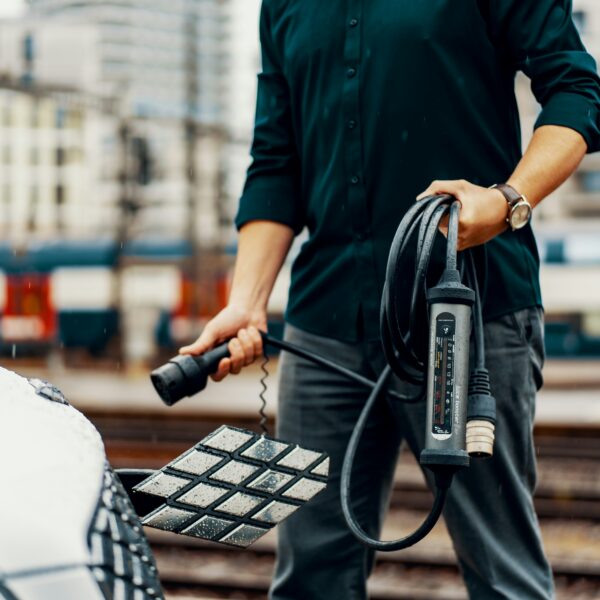How to Replace Your Windshield Wiper Blades
Our DIY archives takes an in-depth look at performing the most basic to complex automotive maintenance and repairs. In fact, even the most novice mechanics find a way to master oil changes and paint repairs thanks to our growing collection of how-to guides. Today, we’ll continue to expand our portfolio by introducing the step-by-step process of switching out your worn-out windshield wiper blades for new ones. Not only will this save you time and money, you’ll gain the satisfaction of fixing the problem yourself.
Steps to replacing your windshield wiper blades
When it comes to DIY tasks, it’s best to approach things with caution. Although you may feel like the repair is straightforward and simple, one of the worst things you can do is rush through the process. Unfortunately, this can lead to minor mistakes that can damage your vehicle or ultimately affect the long-term quality of your work. When it comes to wiper blades, particularly, safety is one of the biggest factors to keep in mind. One wrong move and you could end up with a cracked windshield and even costlier repair.
How to prepare:
Time: Around 15-20 minutes
Cost: Average pricing ranges from $10-30 per blade
Location: In a garage or parking lot
Reminder: Check your vehicle’s owner’s manual to determine the right size blades for your windshield
Now, let’s break down the process:
Step 1: Remove the new blades from packaging
Like all automotive repairs, having your tools ready will make the process that much more seamless from start to finish. After purchasing the right blades for your car (either online or at an auto shop), take a moment to unpack them before beginning this DIY task.
Step 2: Carefully lift the first wiper blade and turn it perpendicular to your arm
In this step, you’ll locate the release tab to effectively remove the blade from your car. Generally speaking, you shouldn’t run into any problems finding the release tab, however, it is true that not all factory wiper blades come with this mechanism. In some instances, you just pull down to release the old wiper blade.
Step 3: Press the release tab, pull down
The only way to release the existing windshield wiper blade from your vehicle is to gently pull down. Any other motion will cause the blade to remain in place.
Step 4: Turn blade parallel to the arm and pull it off
This step is self-explanatory and extremely easy to master. Once the blade is off, you continue to do the first four steps for the second one.
Step 5: Repeat the same process, in reverse, to attach the new replacement blades
By the time you’ve mastered removing the worn-out blades, you’re more than ready to tackle the attachment of replacement ones. Essentially, it’s the same exact process, just in reverse. When you’re sliding the new blades into place, you should hear an audible click that its safely in position. Here’s a brief video from O’Reilly Auto Parts to get a visual look at this process:
Step 6: Test them out!
With wiper blades, there’s only one way to find out if you did the steps. Simply test them out! Spray some windshield wiper fluid and turn on your new blades to see how they work. If the liquid effectively clears off from the glass, give yourself a pat on the back.
This DIY maintenance and repair task is something that all drivers should know how to do. Instead of paying expensive labor costs nowadays, take the extra 15 minutes to do the job yourself. If you have any further questions about a windshield wiper blade replacements, leave us a comment down below. We’d love to answer your questions!


















A simple process that repair shops could charge way too much for, being able to DIY will save time and money, definitely useful information. Easy even for someone with no mechanical knowledge.